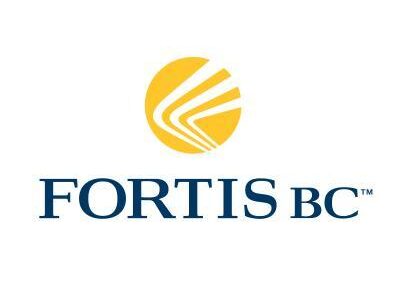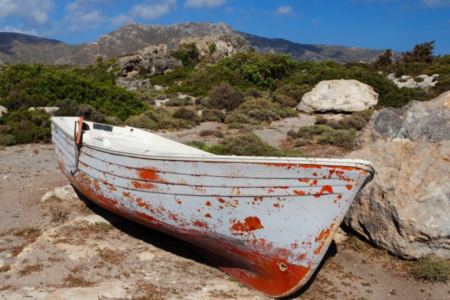Responsible mule deer management today demands Limited Entry Hunting
The BC Wildlife Federation certainly has been successful in advertising their grievances with the BC Liberal Government increasing Limited Entry Hunting permits to outfitters that are for small populations of animals that for conservation reasons the harvest has to be controlled.
The BC Wildlife Federation article in the Grand Forks Gazette “New regulations have local hunters up in arms” like all weak arguments does not provide the necessary information to corroborate their argument that outfitters are receiving an unacceptable number of Limited Entry Hunting permits.
Allocation
The allocation process was always adversarial in my twenty year outfitting career and when there was good leadership by outfitters and resident hunters, there was a common goal of demanding responsible wildlife management. To-day the BC Wildlife Federation is clearly polar opposite to the BC Wildlife Federation a generation ago and has successfully misrepresented the facts. For starters outfitters are getting back some of the allocation permits lost in previous years and as Minister Thomson has stated the increase is less than ½ of 1 per cent of Limited Entry Hunting Permits.
Outfitting is a value added industry and is therefore on side with the NDP Government in 1996 and the BC Liberal Government in 2005 who demanded more money from the resource sector. Of the 350 million dollars generated by recreational hunting in BC each year, 230 million (66 per cent) is generated by resident hunters and 120 million (34 per cent) by the guide-outfitting industry. The numbers tell the economic story in 2013-14; 102,000 resident hunters versus 4500 guide-outfitter clients.
A trapper can get $200 plus for a lynx pelt on the fur market whereas a successful outfitter can get $5000-$7000 for a lynx hunt. For decades the highest per diem rate in the BC Tourist Industry has been wild sheep hunting. During the 1986 Social Credit leadership race candidate, Stephen Rogers told me that when he was the Minister of Environment he asked his staff why do we not manage wild sheep to make money.
In spite of the fact that resident hunters purchase 96 per cent of hunting licenses sold in British Columbia and harvest 90 per cent of the animals, the BC Wildlife Federation is trying to make the case that a value added industry like outfitting has no place in BC society to-day. The facts tell a much different story!
After the 2005 provincial election, Premier Gordon Campbell doubled down and empowered all the stakeholders who were literally given the statutory authority to manage the province’s renewable resources. As a consequence a Provincial Hunting Regulations Advisory of trappers, outfitters and resident hunters was created with the explicit expectation that if hunting seasons were liberalized and many rules and regulations that were always considered essential to responsible wildlife management were abandoned, then there was a realistic expectation that more people would hunt. In other words to recruit new hunters hunting had to be more important than wildlife management.
The BC Liberal Government’s wildlife agenda has increased resident hunting license sales from 85,000 a few years ago to 102,000 in 2014 but liberalized hunting seasons and a lack of access management championed by the BC Wildlife Federation has resulted in a collapse of most ungulate populations hunted with an Open General season.
The mule deer is the best of many examples that showcase the damage done to the province’s wildlife resource by a political agenda of maximizing hunting opportunity to create jobs and maximize revenue. The management of the mule deer also demonstrates why the BC Wildlife Federation is polar opposite to a past generation of BC Wildlife Federation members.
It is true the fight to save the critical mass of the mule deer has been lost and many hunters will tell you the buck does not have fawns so why restrict hunting. The mule deer has plenty of enemies in an endless struggle to survive and although reducing mortality by dramatically reducing hunting opportunity may not give us the miracle we need respect for the animal demands nothing less than maximum effort to help him.
The field count of mule deer in the Boundary by hunters in the spring of 2014 was approximately 600 and using the Sightability Index used by wildlife managers that states for every deer counted one was missed then the Boundary mule deer herd in the spring of 2014 was approximately 1500. For perspective “The Boundary Deer Herd” by DJ Spalding 1968 states in his report which you can find on the internet that he estimated that in 1965 over 6000 hunters harvested over 4000 deer most of which were mule deer. In other words the mule deer population on a graph is from the top left corner to the bottom of the right corner.
Responsible mule deer management today demands Limited Entry Hunting or closure.
In a conversation last October with senior biologist for the NE corner of Washington State, Dana Base I told him that I was bitter that BC has made no attempt to help the mule deer. Dana quickly reminded me that Oregon State has gone to Limited Entry Hunting. Listening to Dana I got the impression that Washington State biologists would likewise dramatically restrict the harvest of the mule deer if their political masters were onside.
Provincial ungulate specialist, Gerald Kuzyk admitted to me in a phone conversation last January that the mule deer in BC are in serious population decline but Gerald like all provincial government employees has signed a contract which stipulates that any public criticism of government policy will result in immediate termination!
At a meeting in Rock Creek June 2014 Jessie Zeman the point guy for the BC Wildlife Federation made the statistical argument that has resulted in a 62 day four point mule deer buck rifle season that now closes Nov. 10. Two provincial biologists were in the audience as minor participants.
Although the 4 point horn restriction does limit the harvest, hunting an extremely small population of mule deer bucks in the rut and the large increase in access since the Oct. 31st closure started in 1988 cannot be justified.
A generation ago hunters were strong advocates of responsible wildlife management a point made in a 1988 report titled Deer Harvest Management in the Okanagan Past Results and Future Directions by biologist, Bob Lincoln- “A prime concern of BC Wildlife Federation members is that the deer resource not be over harvested”.
The recent history of wildlife management in our province makes it very clear that a round table of First Nations, government and all stakeholders with the political leverage to demand responsible wildlife management is the only way to reverse the unconscionable damage done to many wildlife populations in the mindless pursuit of selling more resident hunting licenses and tags.























